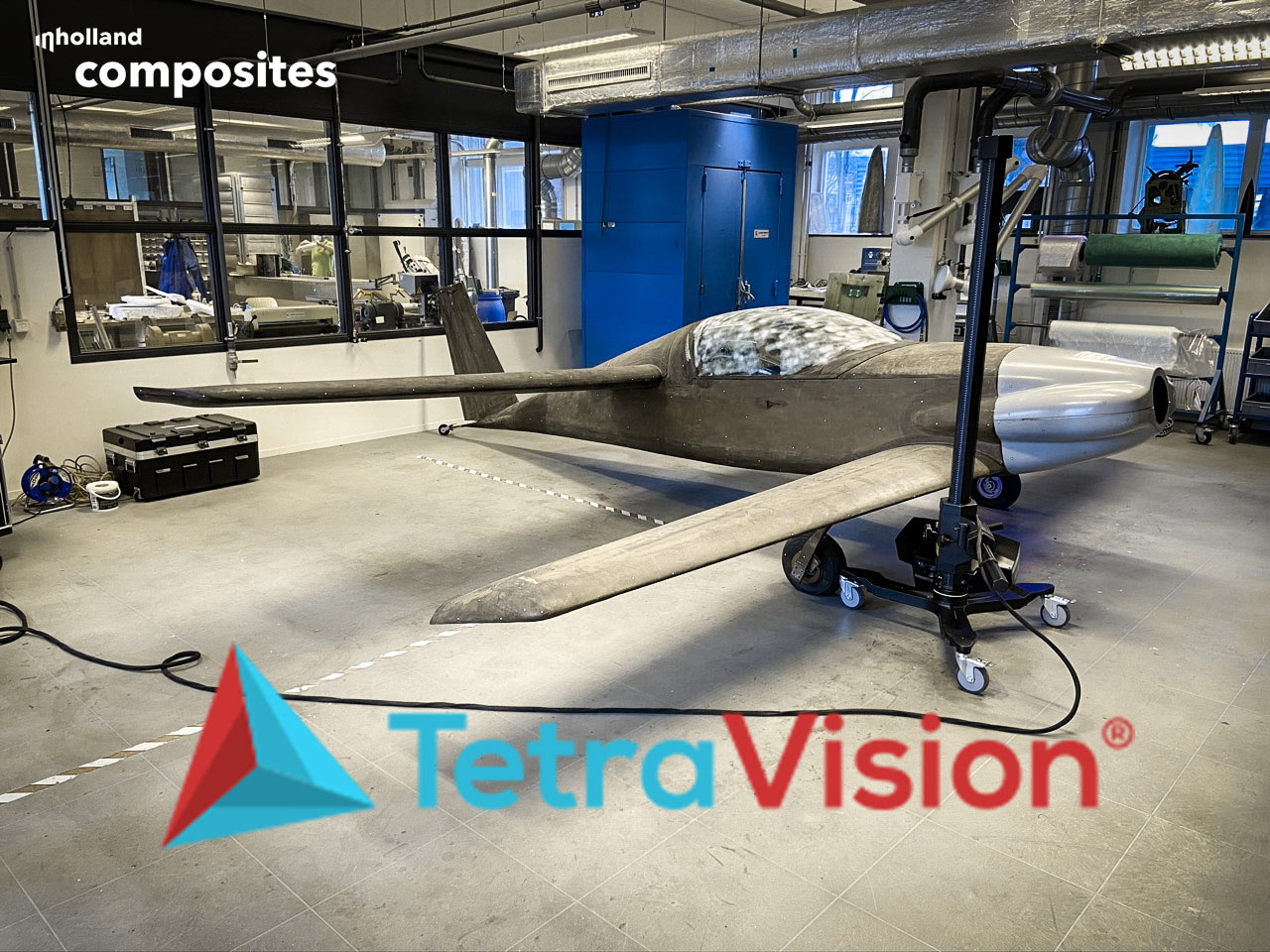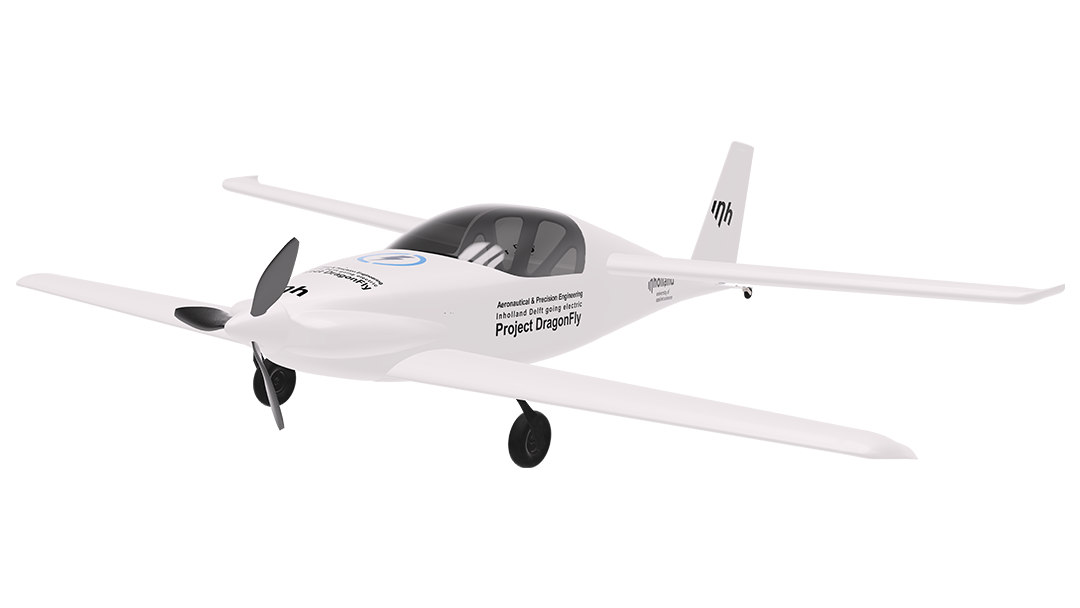Airplane digitalization by CAD activities
The recently initiated development of an electric version of a full composite 2-seater aircraft is making progress, but is a challenge when dealing with complex 40 year old hardcopy drawings. Thankfully 3D metrology experts from TetraVision were able to help out by using advanced 3D scanning technology. This will provide us with a 6x6x2mtr 3D model of the Viking Dragonfly airplane with 0,1mm accuracy. With this major step we will be able to speed up the developments of Project DragonFly.
Marco Withag, researcher at Inholland University of Applied Sciences, explains the approach of modelling the existing Dragonfly airplane: “Thankfully TetraVision was able to digitalize the main structure of the existing Dragonfly airplane using 3D scanning technologies, which is a very accurate method for reversed engineering purposes. It is chosen to remove the ailerons, elevators and rudders for this 3D scan as these can easily be modelled in a later stage using CAD software. This enables to model details such as hinges very accurate, which is needed for movements in simulator models and advanced CAE analyses. The cockpit, firewall, primary control system and subsystems has been modelled manually, based on the construction manual of the airplane. The CAD model is very accurate and enables further research on the roadmap of Project DragonFly taking the physical airplane limitations into account.”

TetraVision scanning the primary structure of Inholland its Viking Dragonfly mk.II with an accuracy of 0.1 mm.

Inholland its Viking Dragonfly mk.II CAD model.


